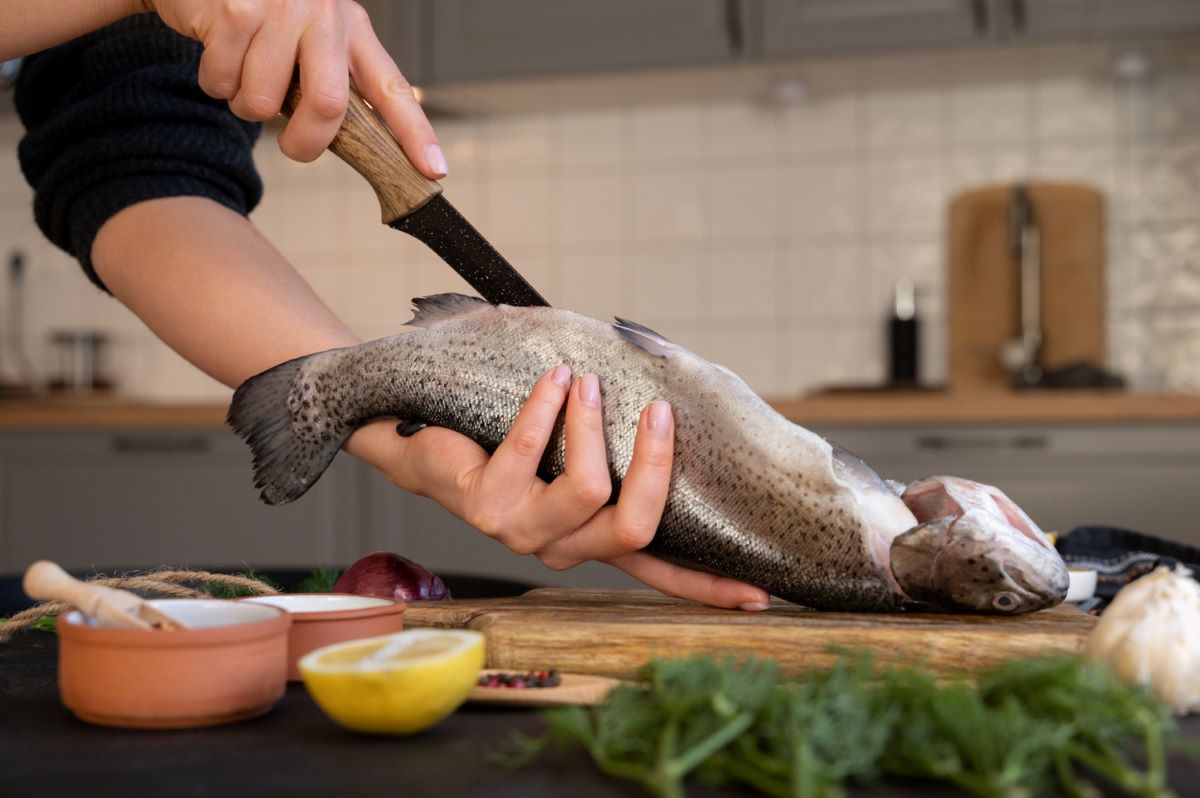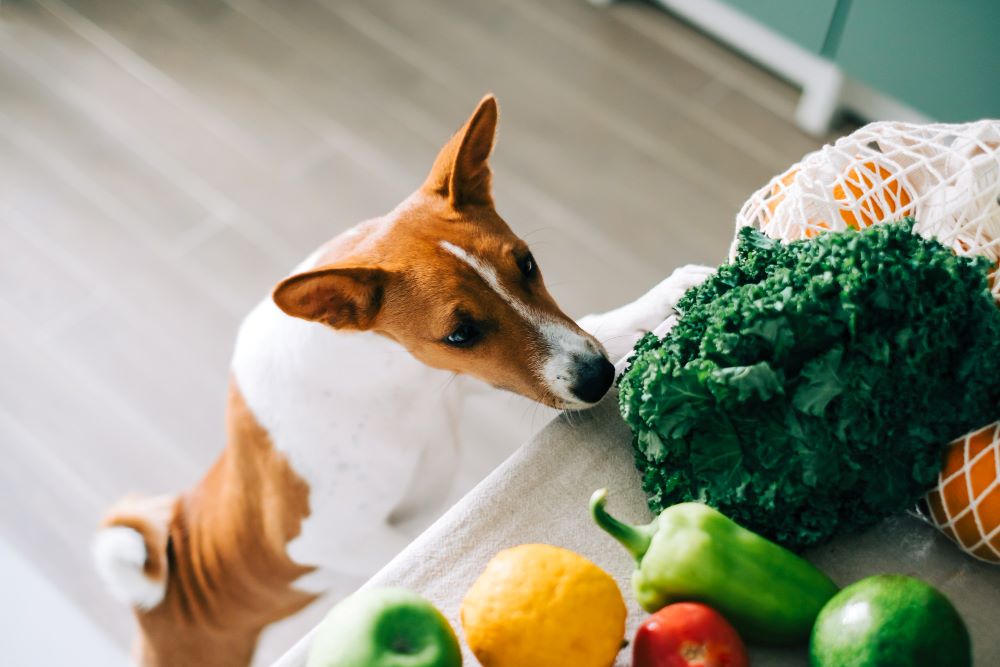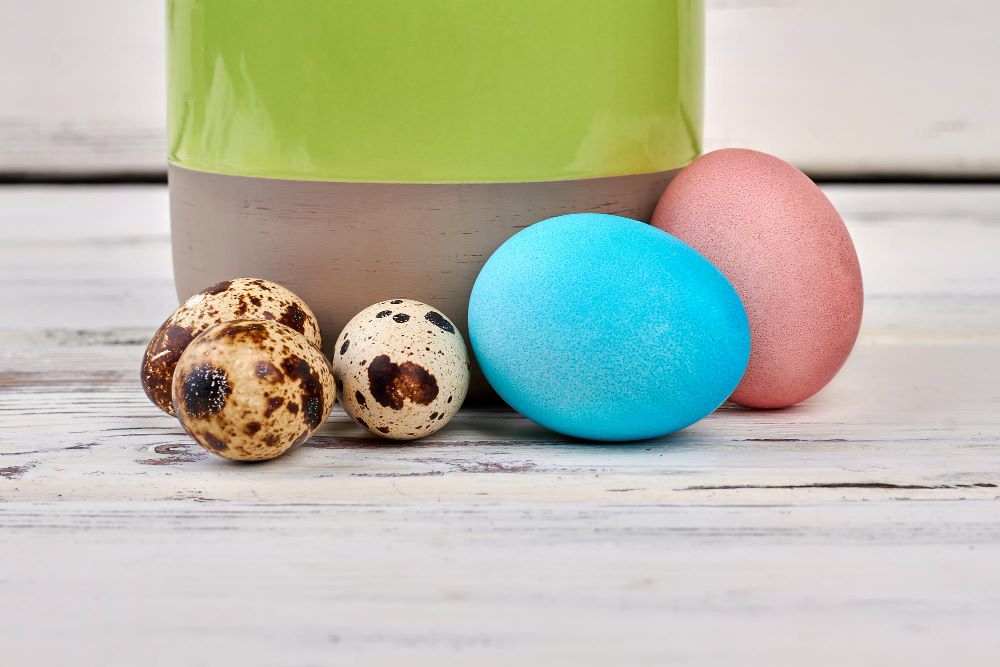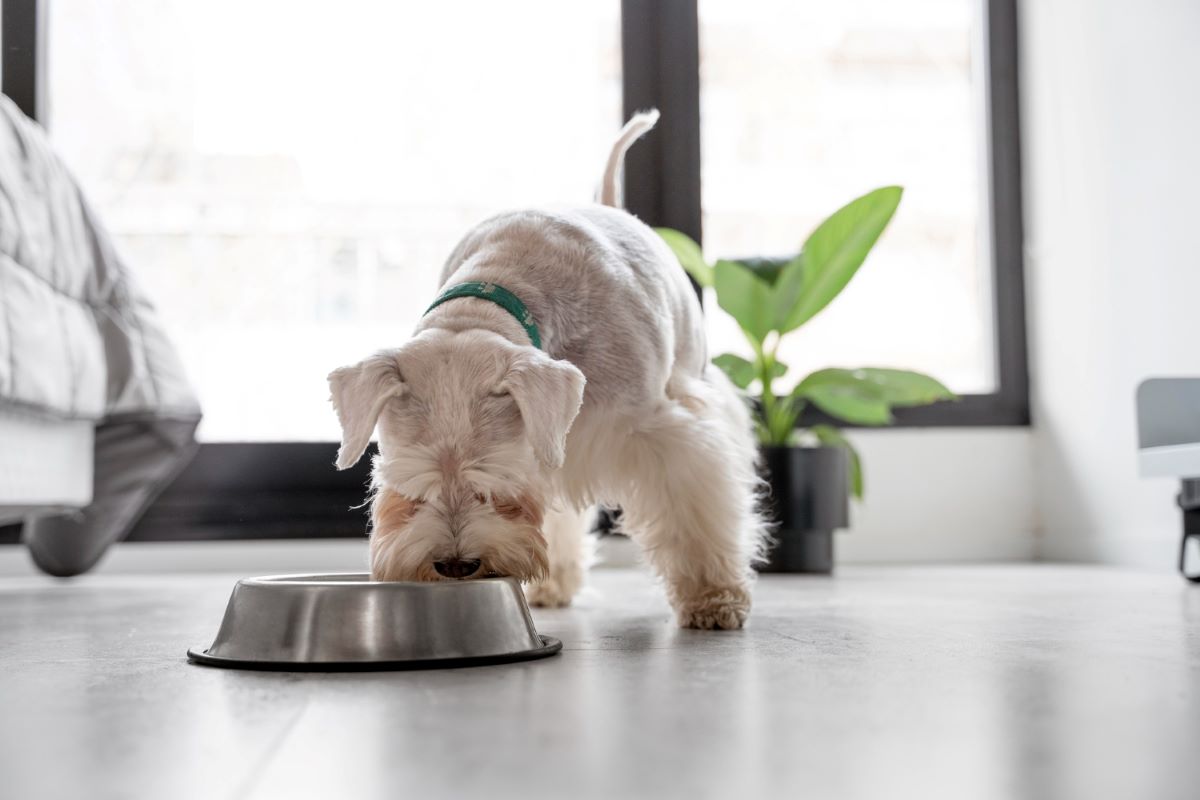Before people had domesticated dogs into pets, their diets consisted mainly of raw food—bone, raw meat, and even fruits and vegetables. It was only during the time when they were first welcomed to homes that dry dog food became the staple meal for pets. However, the raw food diet for dogs has been making a comeback among pet owners in the past few years. This type of food diet is popular as the BARF diet, which is a homemade diet consisting of raw ingredients, this diet ensures all the essential things required for dogs health. To find out if this raw food diet is the right one for your cocker spaniel, here are a few important information that may help you understand what the raw food diet is.
What is BARF Diet?
The BARF (Bones and Raw Food or Biologically Appropriate Raw Food) diet emphasizes a meal plan that consists of uncooked meat, bones that are either whole or crushed, vegetables, fruits, some dairy, and raw eggs. BARF diet is basically an all-raw diet.
This was first introduced in 1993 by veterinarian Ian Billinghurst, indicating that this diet is how the dogs flourished before they got domesticated. He also added that commercially-made dog food poses a health risk to dogs.
Type of Raw Food Diet
The raw food diet is different from the normal diet of Cocker Spaniel. There are plenty of things that are included in raw food diet for dogs. Here are the specific food type that are included in this meal plan:
1. Raw Meat and Bones:

This is made up mostly of raw meat that is eaten by the wild dog: beef, chicken, turkey, rabbit, lamb, or duck. Pork is usually excluded because it can cause parasitic diseases if eaten raw. Bones are raw since they become splintered when cooked and may choke your pup.
2. Raw Fish:

Your cocker can benefit from fish, except if it is raw salmon. This type of fish can be carriers of flukes, leading to a parasitic infection.
3. Raw Fruit and Vegetables

Potato, carrots, spinach, broccoli, and asparagus are some of the many choices for raw vegetables. For fruits, you can give your pet berries, apples, or bananas. This helps expand the nutritional value of your dog’s diet.
4. Eggs and Dairy:

These are excellent sources of calcium, which strengthens their bones and muscles. As dogs are intolerant to lactose, so be cautious about feeding milk to them. Read our guide on choosing dairy products for dogs.
5. Nuts:

You can include nuts for a good dose of healthy fats, but avoid macadamia is dangerous and may be poisonous to cockers.
What are the benefits of Raw Food Diet for Dogs?
The raw food diet or BARF diet has more nutritional value. This is unlike cooked food that gets broken down and loses a lot of nutrients while cooking. It also effectively eliminates tartar buildup and keeps your pup’s teeth healthy.
Bacteria and yeast buildup that occurs as a result of eating commercial food can also be prevented, reducing the characteristic doggy smell. With a healthy, balanced diet of raw food, your Cocker’s coat can become shinier and their skin healthier.
What are the Potential Risks of Raw Food Diet?
The benefits can also come with potential risks that you need to be aware of before sticking to the raw food diet.
- Raw meats are possible breeding grounds for bacteria and parasites.
- These raw meats can cause allergy symptoms in dogs.
- As with warnings for humans of adverse effects that come from eating undercooked meat, raw dog food can also experience such effects.
- You are also putting your health at risk as these pet can spread infections. Some of these pathogens can easily be transmitted from your mutt to you.
- Raw bones are a choking hazard and can splinter and damage the internal organs of your cocker. Biting into whole bones can also break their teeth.
Ending Note
Before having your dog commit to the raw food diet for dogs, sit down with your veterinarian and discuss the pros and cons of this diet plan. You also have to be prepared with the transitory phase, should you decide to switch from dry food to raw. Just remember, the main goal is to keep your cocker healthy and happy!

Leave A Comment